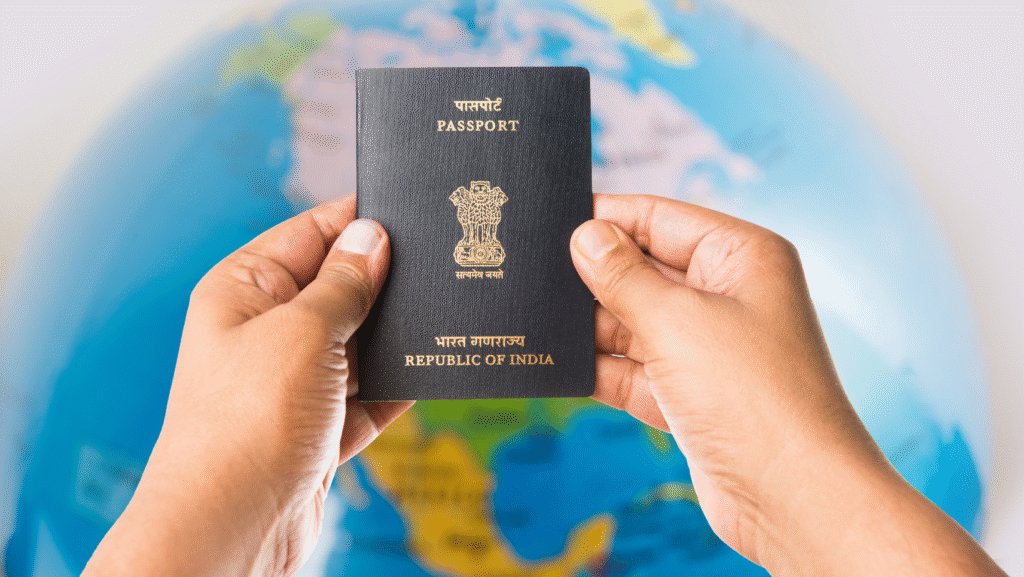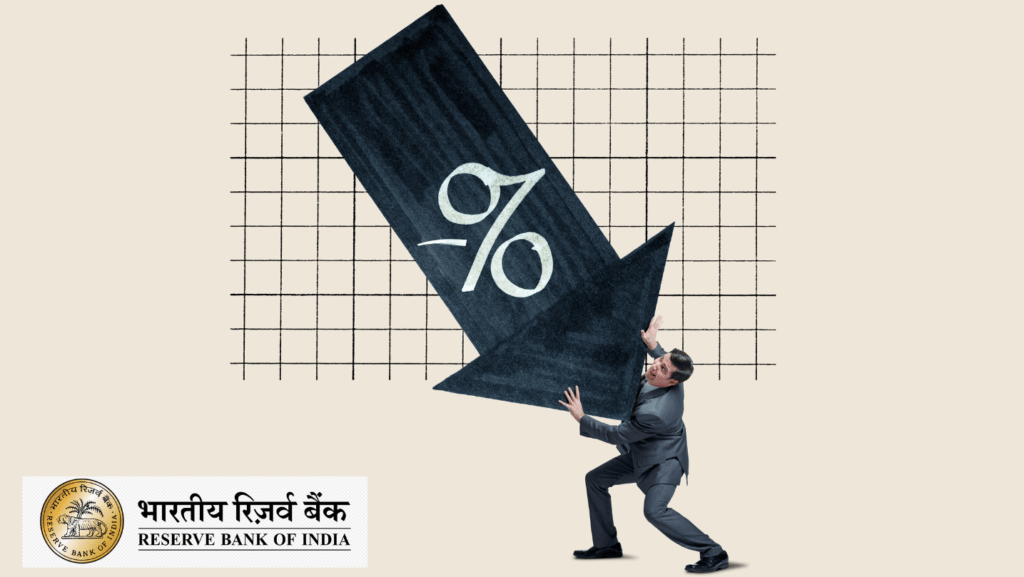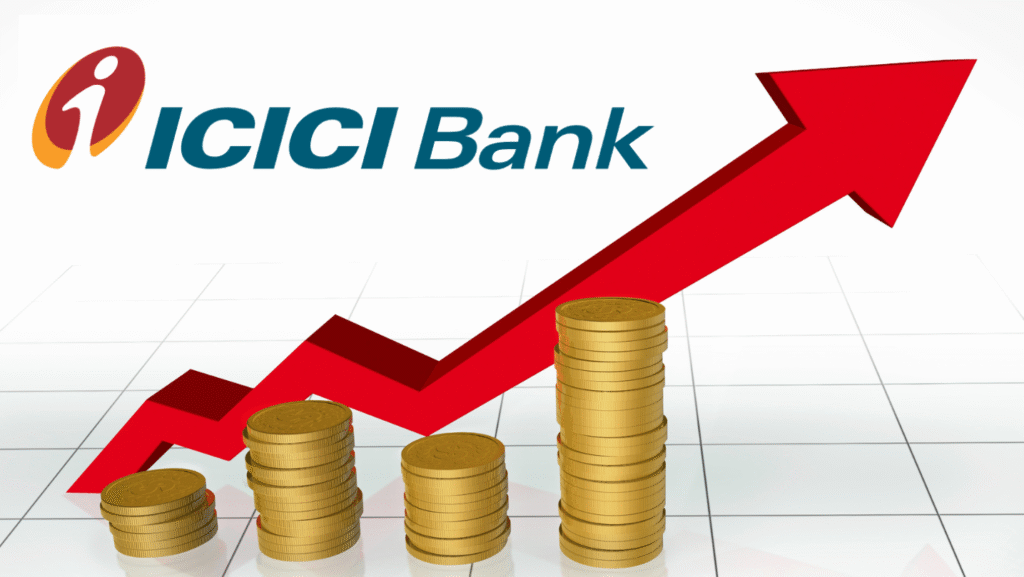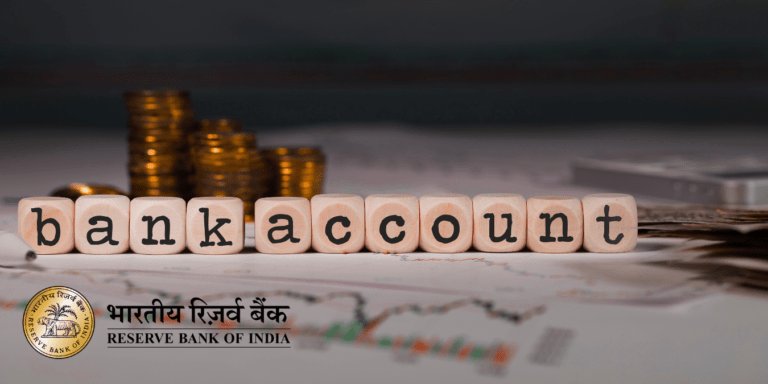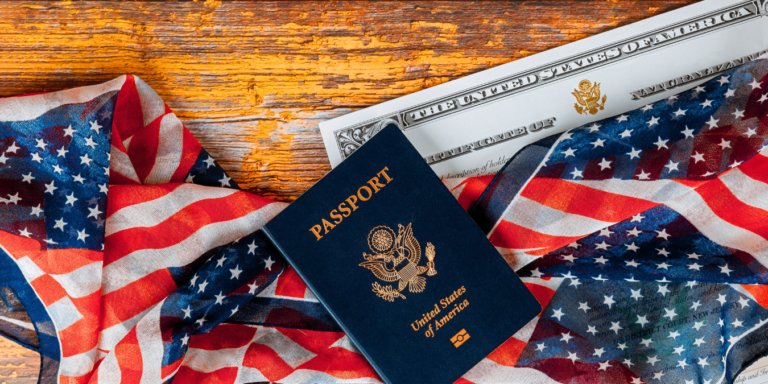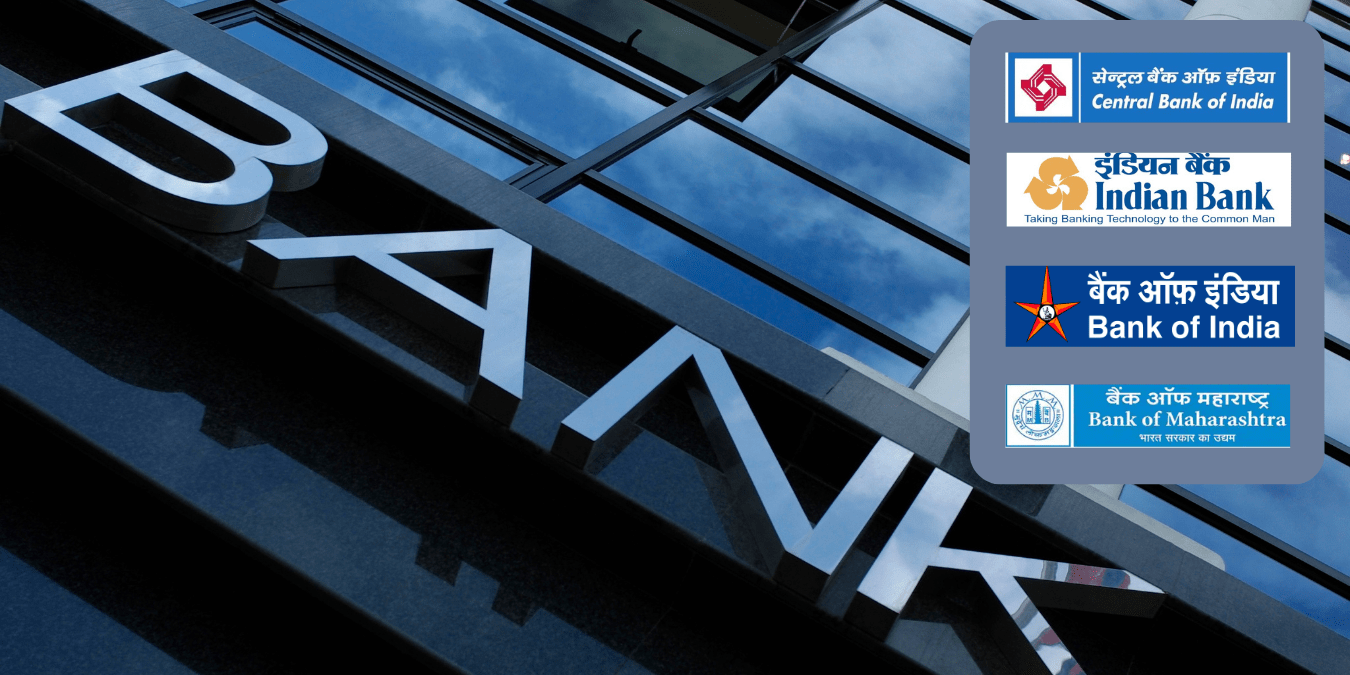
Why Indian Overseas Bank, CBI, BOI & BoM Will Disappear By FY27- How to Prepare Before Your Bank Disappears
Massive changes are coming: Indian Overseas Bank, CBI, BOI, and BoM will vanish under a secretive 2025 merger. What does this mean for your cheque books and passbooks? Discover the hidden challenges every account holder must face—before the banks you trust disappear forever.
Under this mega merger, Indian Overseas Bank (IOB), Central Bank of India (CBI), Bank of India (BOI), and Bank of Maharashtra (BoM) are set to cease to exist as independent entities, as they are proposed to be merged into larger banks like State Bank of India (SBI), Punjab National Bank (PNB), and Bank of Baroda (BoB). This plan, under consideration at the highest government levels including the Cabinet and PMO, forms part of India’s ambitious Viksit Bharat Vision 2047 aimed at creating globally competitive, digitally advanced public sector banks. However, this mega consolidation will bring both opportunities and challenges for customers, particularly regarding operational changes they must adapt to, such as exchanging checkbooks, passbooks, and other banking documents with the new entities.
Shocking New Trend: Four Major Public Sector Banks to Disappear
In a bold move to reshape India’s banking landscape, the government plans to merge four smaller PSBs—IOB, CBI, BOI, and BoM—into three larger anchors by FY27. This mega merger aligns with the broader Viksit Bharat Vision 2047 that envisions transforming Indian PSBs into global financial powerhouses by enhancing scale, technology adoption, and governance. Such an overhaul promises fast growth and increased global presence but raises immediate questions on banking convenience and customer experience for millions of account holders.
Why This Mega Merger?
- Boost Scale and Capital: Combining resources to create stronger banks capable of financing large infrastructure and emerging sectors like renewable energy and electric mobility.
- Global Competitiveness: Position at least two PSBs among the world’s top 20 banks by balance sheet size and digital innovation.
- Support National Growth: Help MSMEs, agriculture, and international business projects gain easier credit access.
- Enhanced Governance: Improve risk management, cybersecurity, and operational autonomy through technology infusion like AI and big data analytics.
The merger is cautiously being reviewed to ensure it delivers on these goals while minimizing disruptions.
What Challenges Will Account Holders Face?
Bank customers of IOB, CBI, BOI, and BoM will confront several real-world challenges during this transition phase:
- Exchange of Banking Documents: Account holders will need to exchange their existing cheque books, passbooks, debit/credit cards, and other paperwork with those issued by the new merged bank. This means extra visits to branches during the transition period.
- Account Number & IFSC Changes: There may be changes to account numbers, customer IDs, and IFSC codes, impacting digital transactions and auto-payment setups.
- Temporary Service Disruptions: Integration of core banking systems may cause slowdowns or interruptions in services such as online fund transfers, cheque clearance, and loan disbursal.
- Branch Rationalization: Some branches of the merging banks might be closed or merged, affecting local accessibility.
- Cultural and Operational Integration: Employee adaptation across different work cultures can temporarily affect service quality and decision-making processes.
These challenges require quick adaptation and patience from customers but are expected to settle within 18-24 months post-merger as systems unify.
Latest RBI and Policy Context (2025)
The Reserve Bank of India’s policies reflect a clear push towards stronger, technologically advanced banking infrastructure. Recent regulatory changes from August and November 2025 include enhanced governance requirements, nomination flexibility for depositors, and guidelines encouraging banks to finance long-term growth projects domestically and internationally. Against this backdrop, the mega merger strategy fits into a bigger framework to future-proof Indian banks by boosting capital, encouraging digital innovation, and improving depositor protection.
Smart Tips for Customers to Navigate the Merger
- Monitor Communications: Stay alert for official updates from your bank regarding document replacement timelines and branch changes.
- Update Auto-Payments: Post account number or IFSC changes, immediately update all linked services such as insurance premiums, SIPs, and loan EMIs to avoid missed payments.
- Plan Cheque Usage Wisely: Use existing cheque books early and request replacement ones once issued by the new bank.
- Be Patient With Digital Services: Expect occasional glitches online during system integration and plan transactions accordingly.
- Seek Support Proactively: Contact customer service for any transaction delays, disputes, or clarity on branch operations.
Real-World Examples and Impact Insights
Historical mergers, like the 2020 consolidation of 10 PSBs into four anchors, showed that while financial strength and loan capacities improved, customers faced multiple months of service transition challenges. Experts suggest that mergers create powerful banks capable of supporting India’s infrastructure boom but call for enhanced customer support strategies to maintain trust and smooth operations.
The Future for Indian Bank Customers
This mega merger represents a seismic shift with the promise of stronger, future-ready banks that can support India's vast ambitions from green hydrogen projects to digital banking ubiquity. For consumers, adapting fast to the change by embracing new banking practices and proactively managing their accounts will unlock the benefits of improved service outreach and international banking options.
Quick Summary of Key Takeaways
- Mega merger involving IOB, CBI, BOI, and BoM proposed with larger banks by FY27 under Viksit Bharat Vision 2047.
- Account holders must exchange cheque books, passbooks, cards; expect changes in account details and branch setups.
- Temporary disruptions in services likely during IT system integration lasting 18-24 months.
- Merger aims to build globally competitive, digitally-enabled banks supporting national growth sectors.
- Stay informed, update auto-payments, and maintain communication with your bank for a smooth transition.
Final Thought: What’s Next in India’s Banking Revolution?
As 2025 closes, the mega merger is only the beginning. India is on the cusp of launching a "Smart Bank of the Future" — a fully digital, AI-driven public sector bank that seamlessly integrates blockchain-based loan verification, green finance products, and personalized AI financial advisors tailored to every Indian. Will this transformation secure India’s place among the world’s banking giants by 2047? Stay tuned as the next wave of banking innovation unfolds.
Disclaimer: The use of any third-party business logos in this content is for informational purposes only and does not imply endorsement or affiliation. All logos are the property of their respective owners, and their use complies with fair use guidelines. For official information, refer to the respective company’s website.
